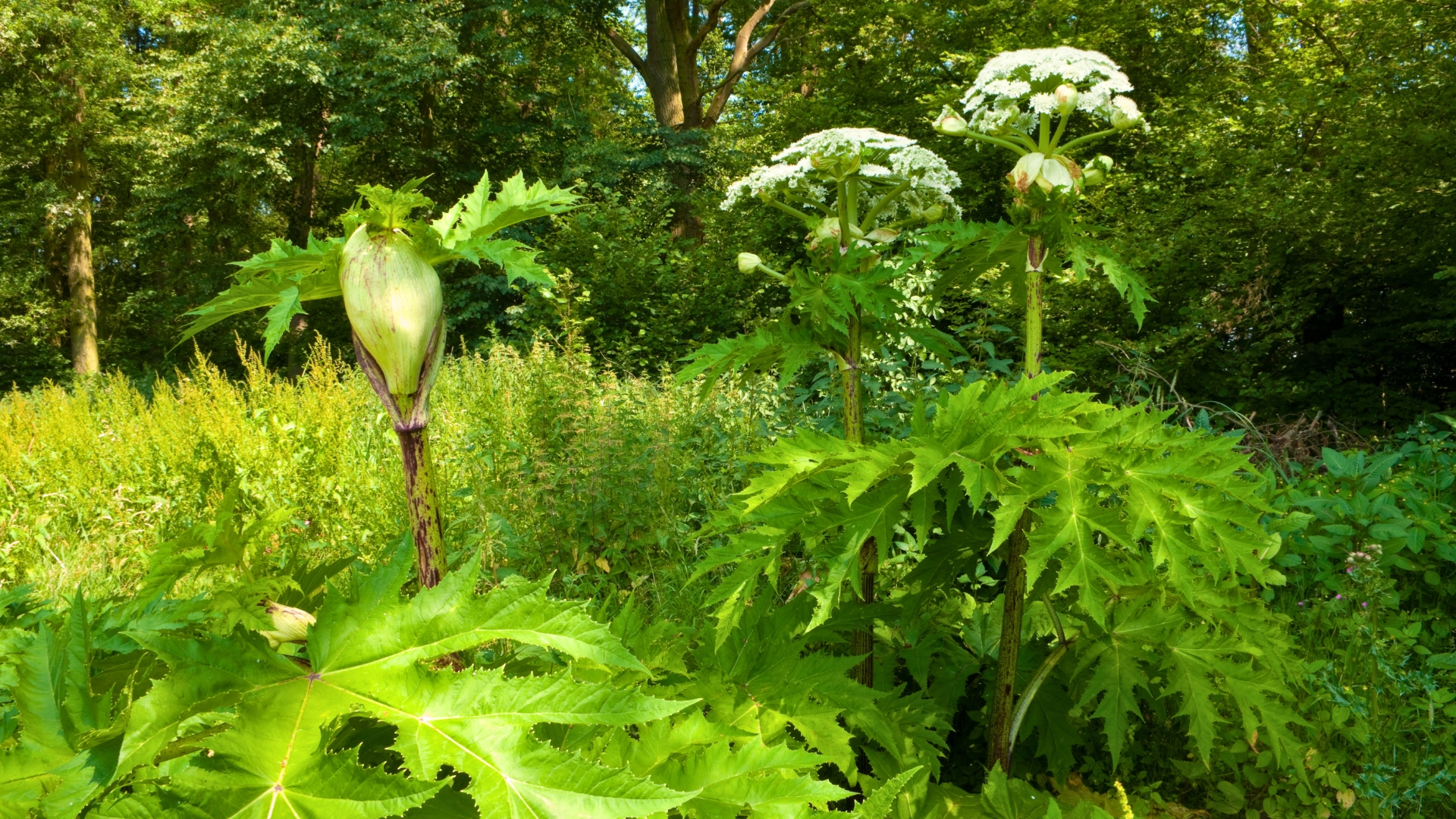Check Out These 9 Important Reasons To Remove Hogweed From Your Garden
Hogweed might look tough and wild, but it can cause some serious trouble in your garden. Getting rid of it isn’t just about keeping things neat—it’s about protecting yourself and your plants.
I’ve put together nine key reasons why removing hogweed should be a top priority. Once you see what it can do, you’ll understand why it’s best gone fast.
Let’s keep your garden safe and beautiful together!
1. Dangerous Skin Burns
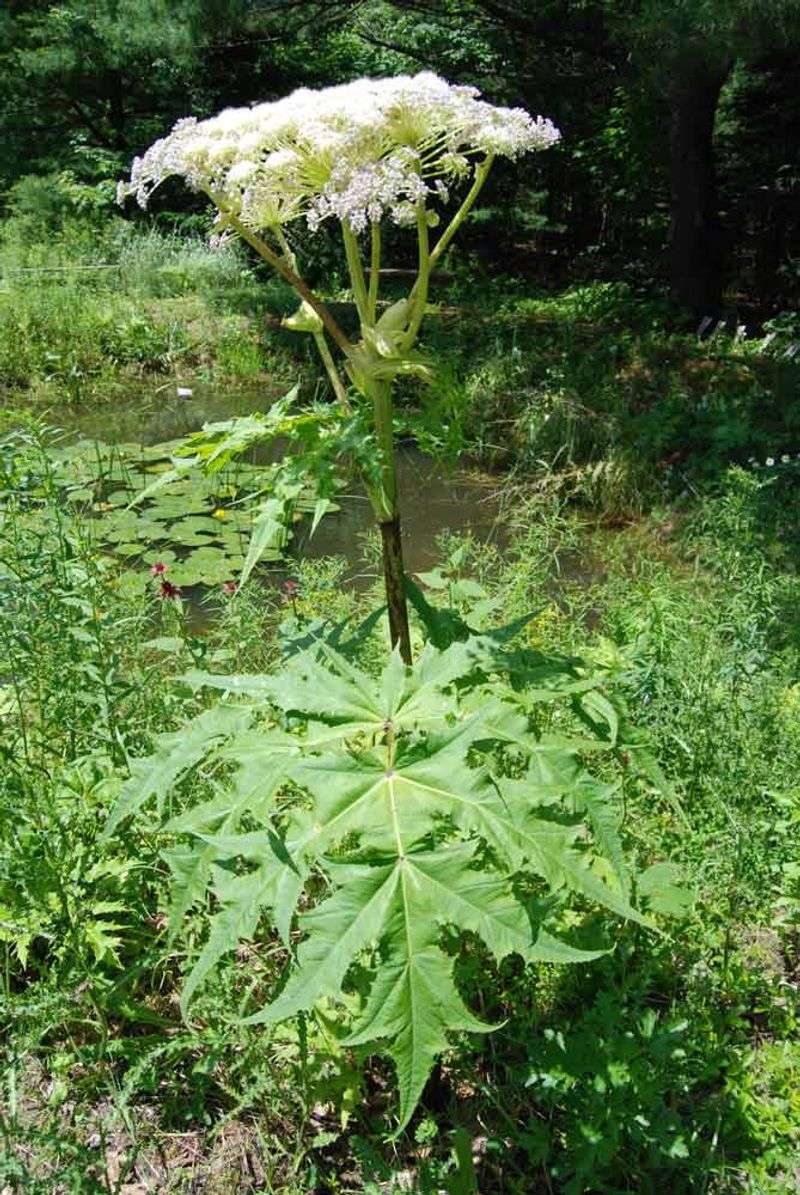
The sap from hogweed contains chemicals that make your skin super sensitive to sunlight. Once the sap touches your skin and you go out in the sun, painful blisters can form that look like severe burns.
These burns might need medical attention and can leave dark scars that last for years. Even brushing against the plant while wearing shorts can be enough to cause these painful reactions.
2. Risk To Children
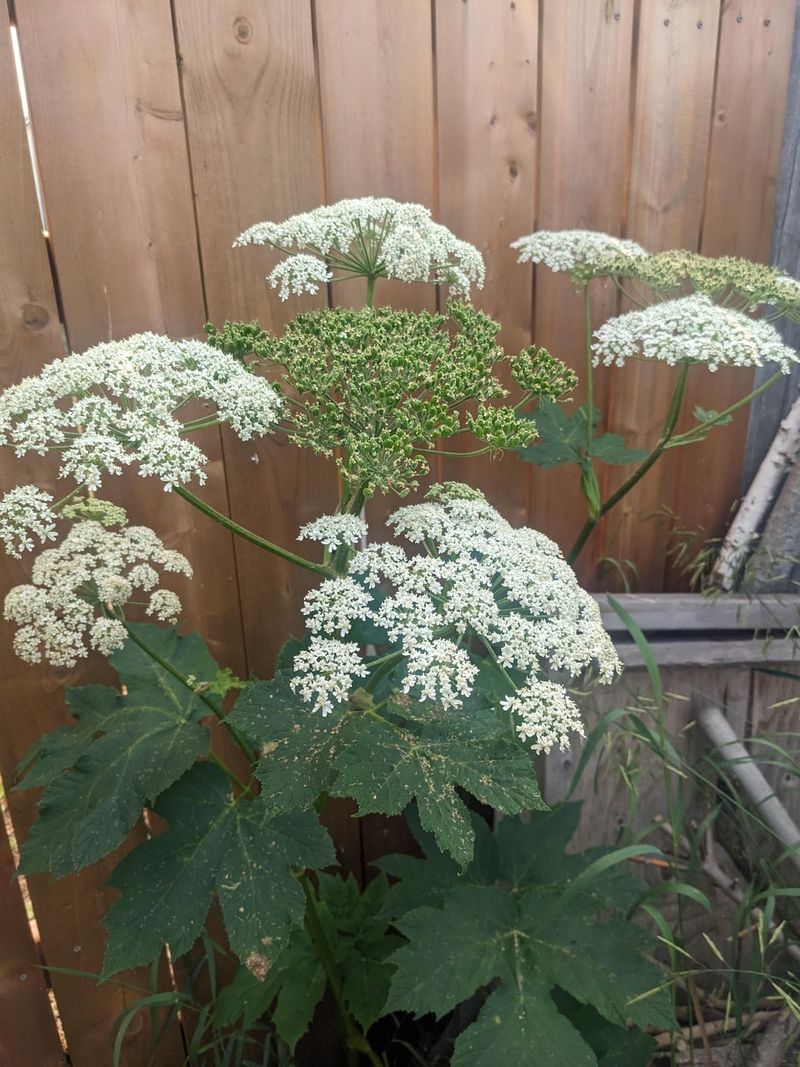
Kids naturally explore gardens by touching and sometimes tasting plants. The hollow stems of hogweed look like fun makeshift toys or telescopes to curious children who don’t understand the danger.
A child playing with hogweed could suffer serious injuries that might require hospital treatment. The plant’s harmless appearance makes it particularly treacherous for little ones who are drawn to its large size.
3. Threat To Pets
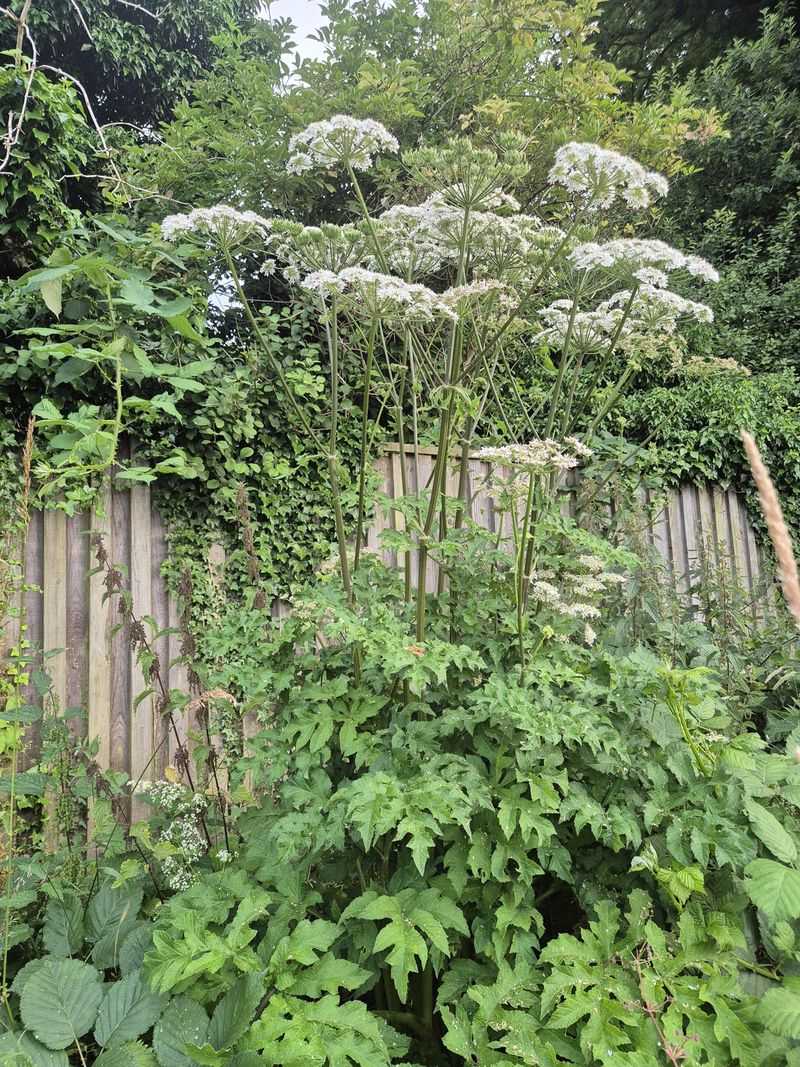
Furry friends exploring your garden can suffer when they encounter hogweed. Dogs and cats with less fur on their bellies or noses are especially vulnerable to painful sap exposure and subsequent burns.
Veterinary treatment might be necessary if your pet comes in contact with this dangerous plant. Animals that chew on hogweed can also experience internal irritation of their mouth and digestive system.
4. Ecological Damage

Native plants don’t stand a chance against aggressive hogweed. Growing up to 14 feet tall with huge leaves, this botanical bully shades out everything trying to grow beneath it.
Wildlife that depends on native plants loses food sources and habitat when hogweed takes over. The plant can spread rapidly along streams and rivers, causing erosion and disrupting entire ecosystems.
5. Legal Requirements

Many states and countries classify hogweed as a noxious weed, making removal mandatory by law. Property owners can face fines if they knowingly allow this invasive plant to grow and spread.
Reporting hogweed to local authorities is often required so they can track its spread. Taking action promptly shows good citizenship and helps protect your community from this dangerous plant.
6. Property Value Impact
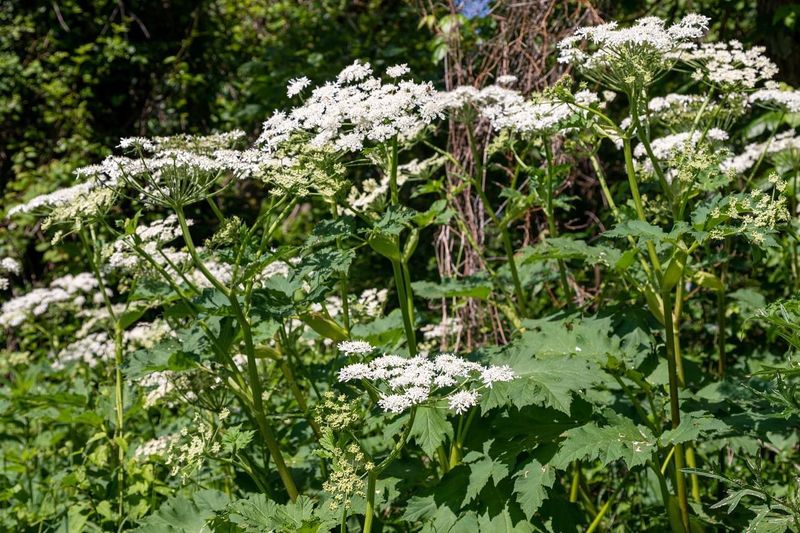
Real estate professionals know that a hogweed infestation can significantly reduce property values. Potential buyers may walk away when they spot this dangerous plant during property viewings.
The cost of professional removal can be substantial, especially for established populations. Maintaining a hogweed-free garden protects your investment and keeps your property attractive to future buyers.
7. Spreads Aggressively
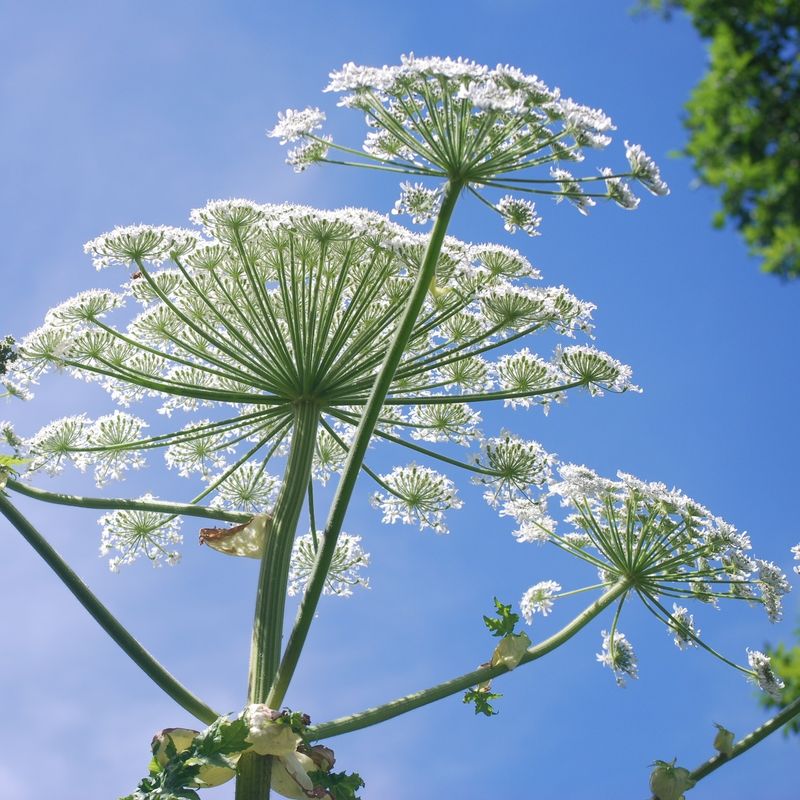
A single hogweed plant produces thousands of seeds that can remain viable in soil for years. These seeds travel easily on wind, water, and even on your shoes or pet’s fur.
What starts as one plant can quickly become a neighborhood-wide problem. The extensive root system makes established plants difficult to remove completely, requiring persistent effort over multiple seasons.
8. Garden Enjoyment Loss

Gardens should be places of relaxation and enjoyment, not zones of fear. Having hogweed means constantly worrying about accidental contact when weeding, playing, or relaxing in your outdoor space.
Summer barbecues and garden parties become stressful when dangerous plants lurk nearby. Removing hogweed restores the peace of mind that comes with having a safe, welcoming garden for everyone to enjoy.
9. Difficult Removal Later
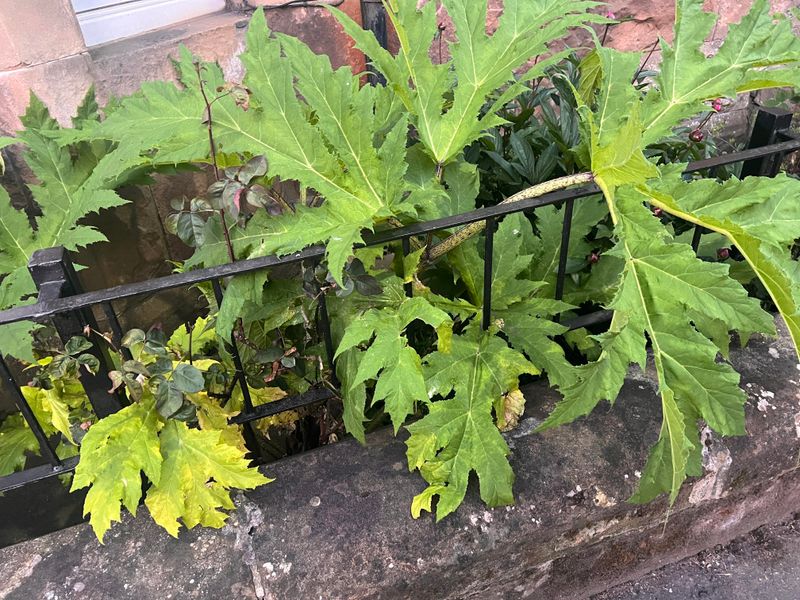
Young hogweed plants are much easier to remove than mature specimens. Waiting even one season allows the plant to develop massive root systems that require significant digging and careful disposal.
Professional removal services charge more for established plants due to increased labor and safety requirements. Early identification and prompt action save you money, time, and potential exposure to this dangerous invader.

